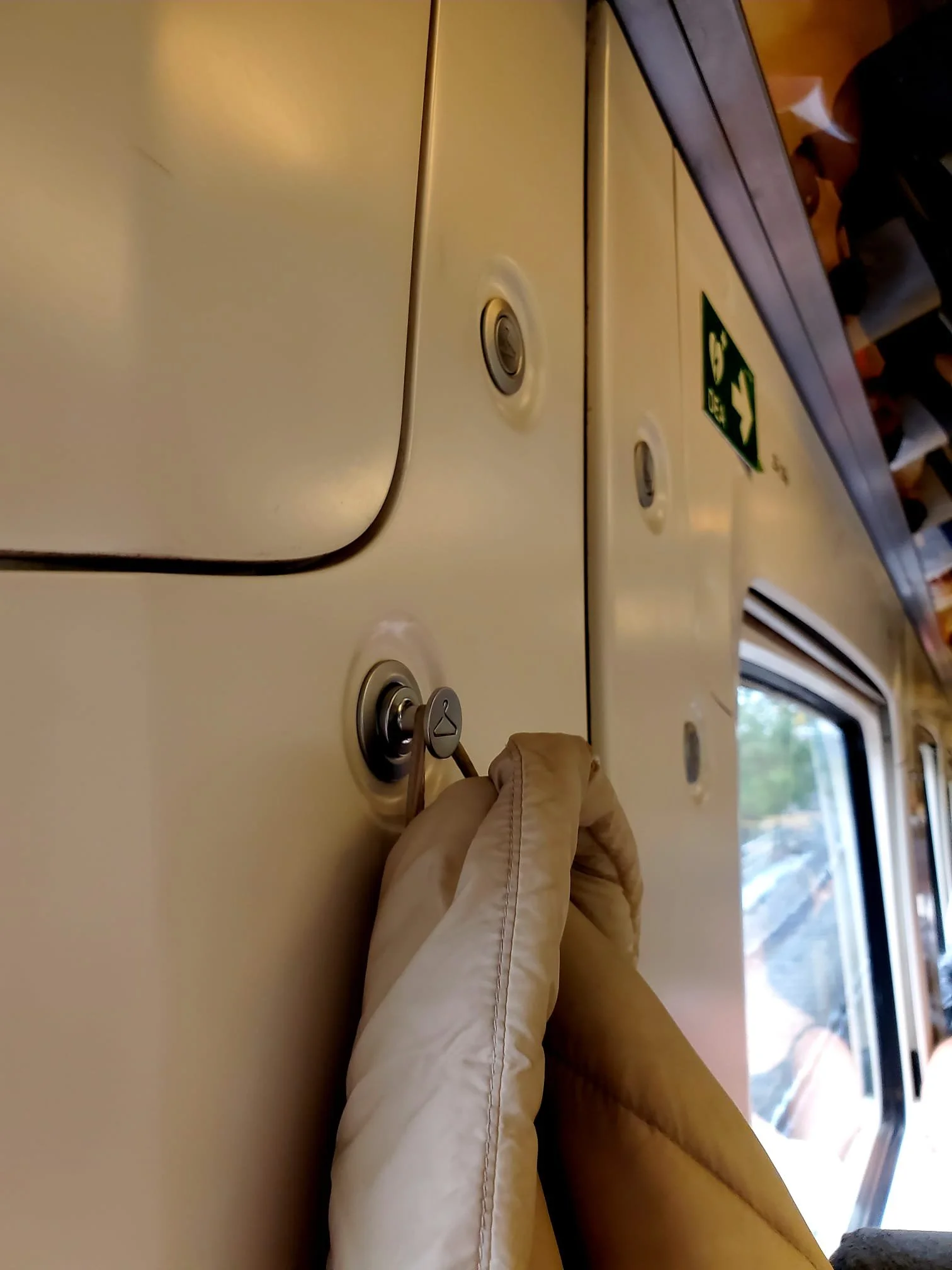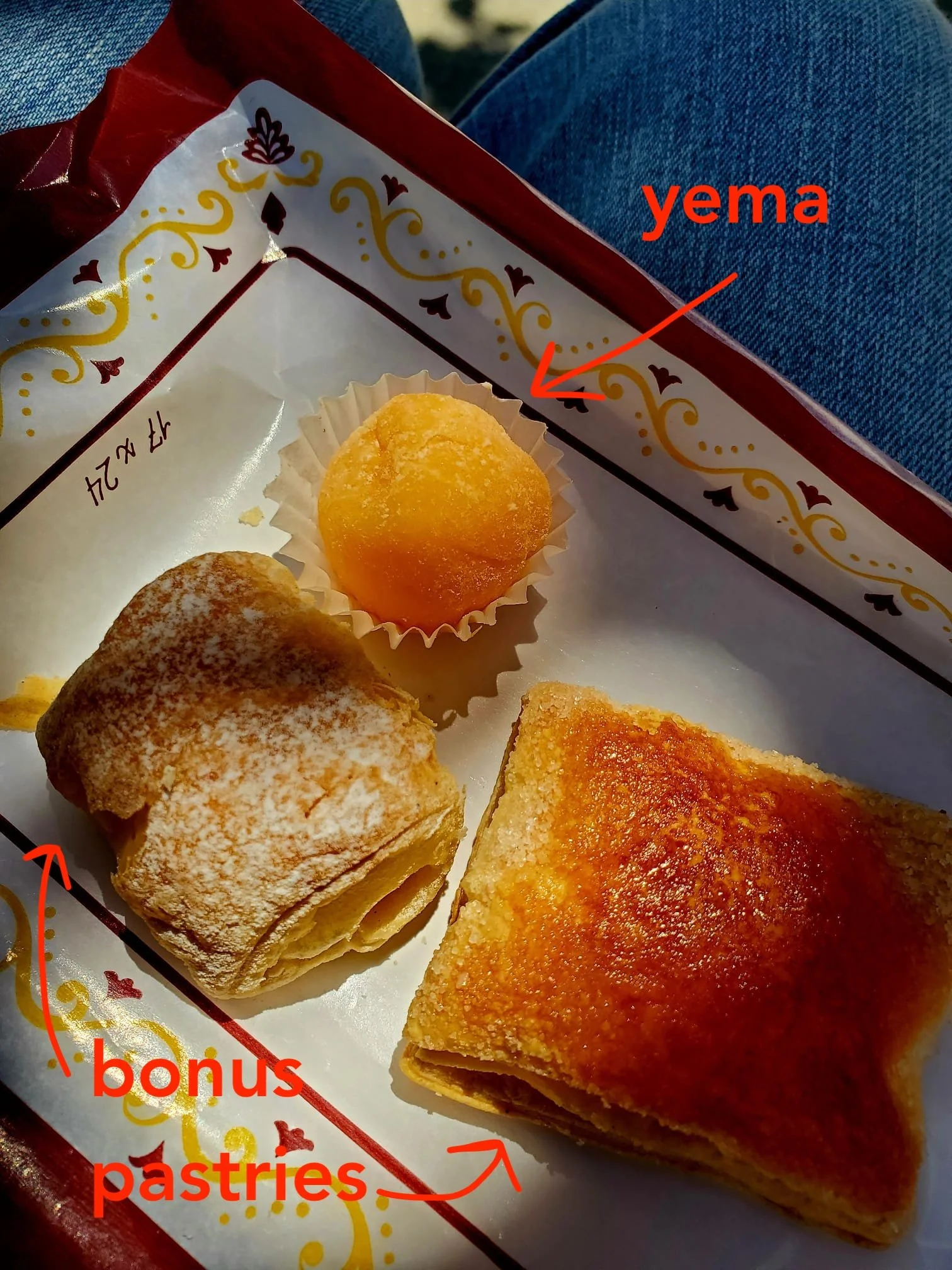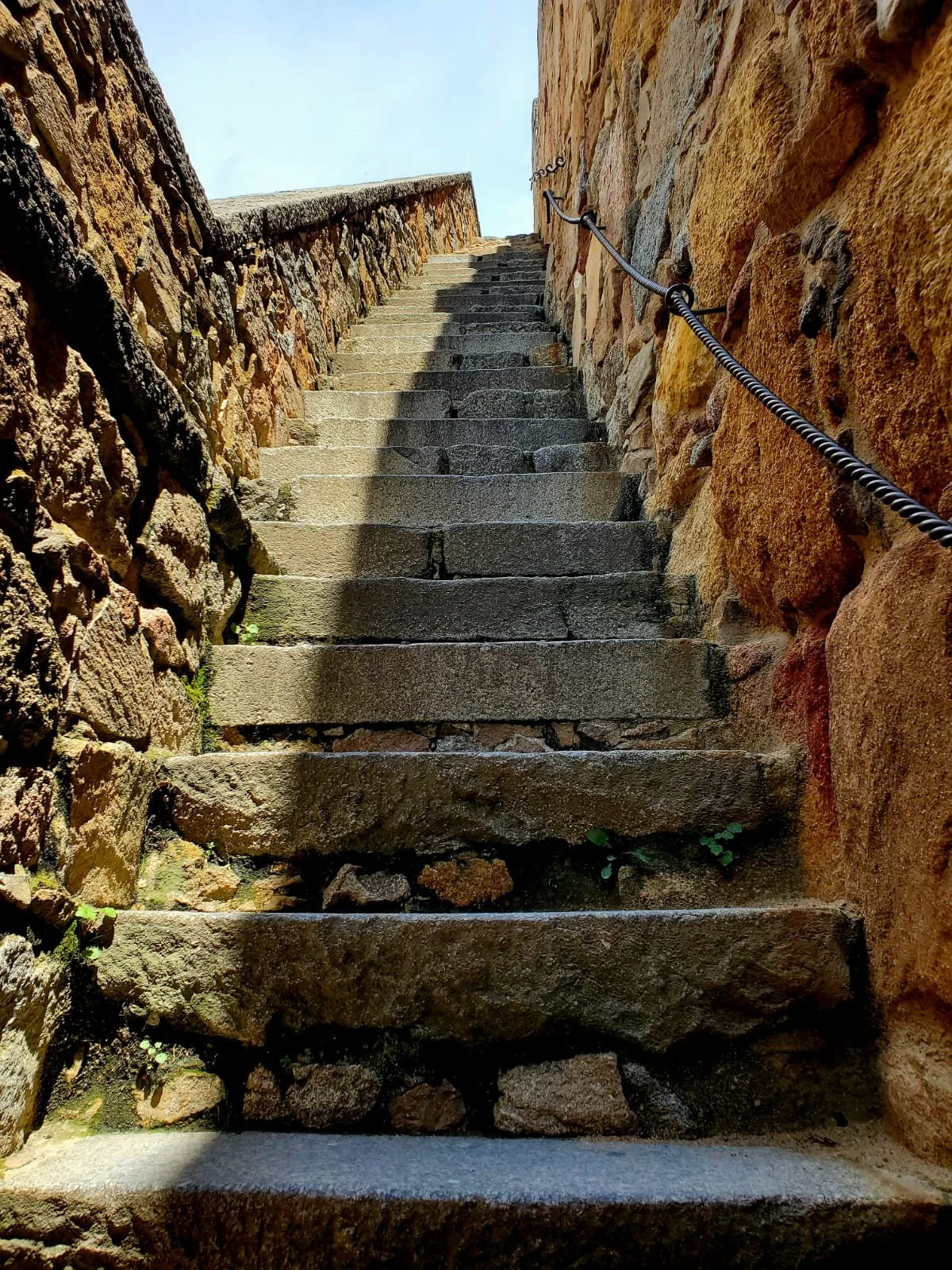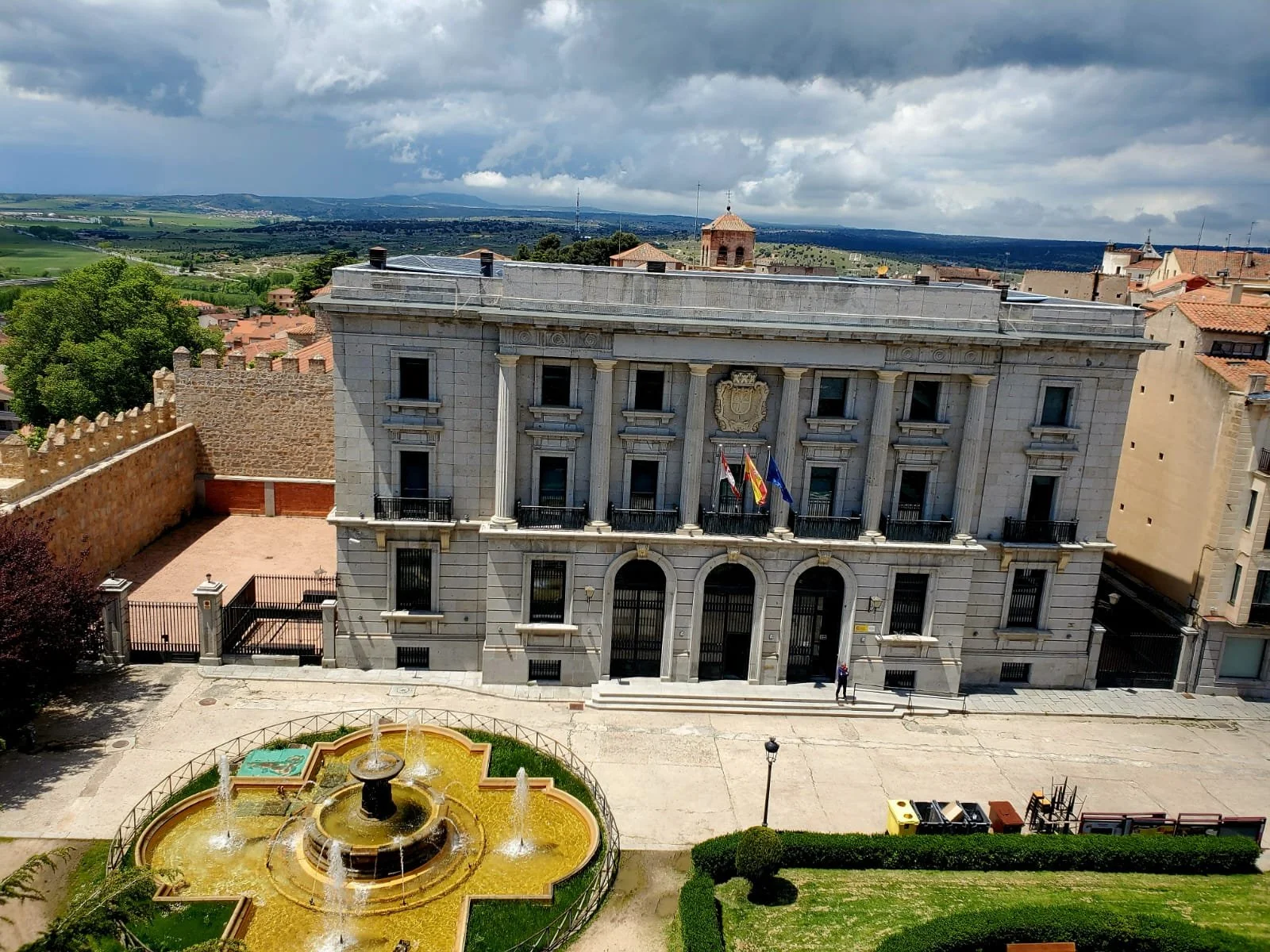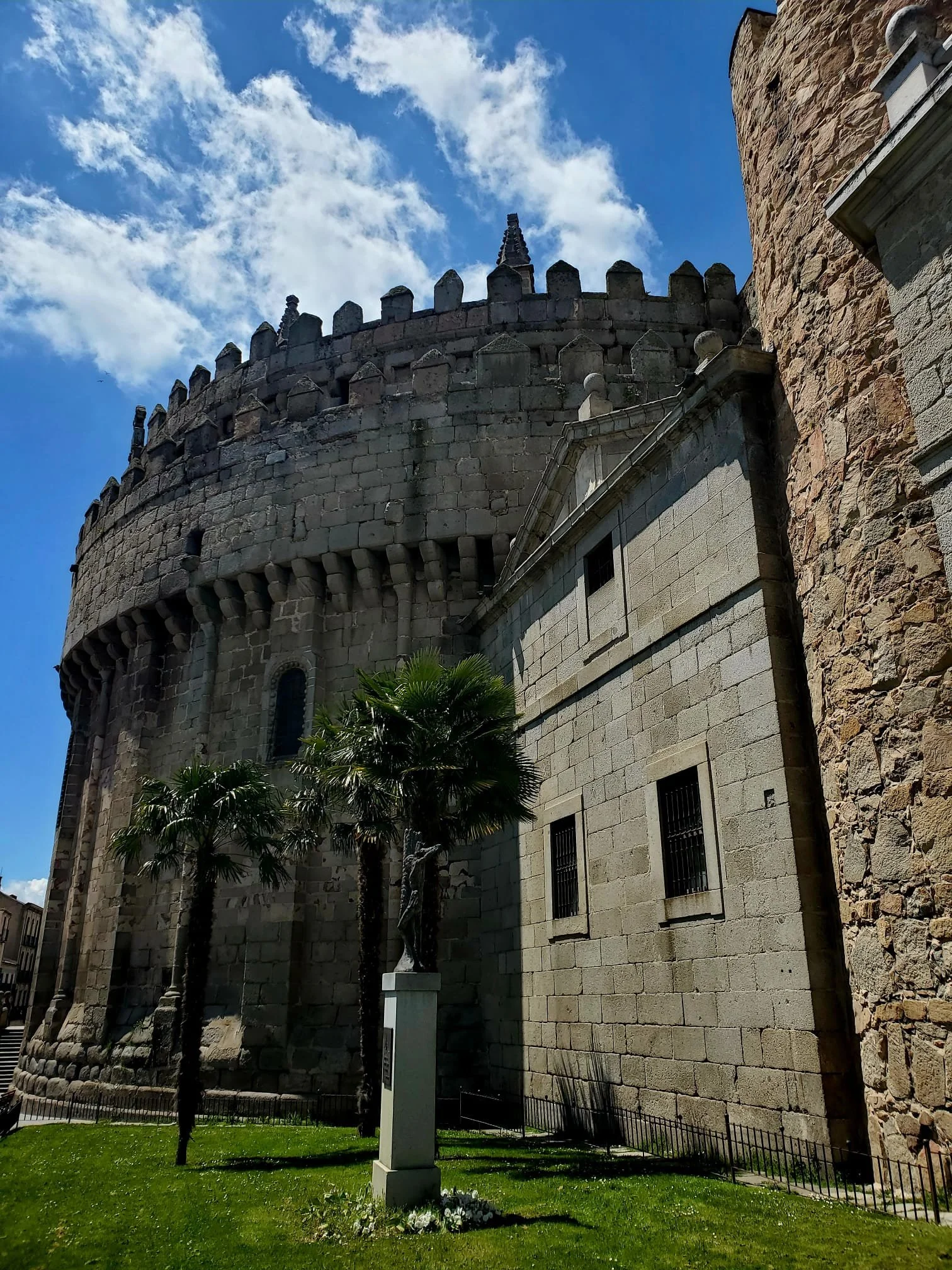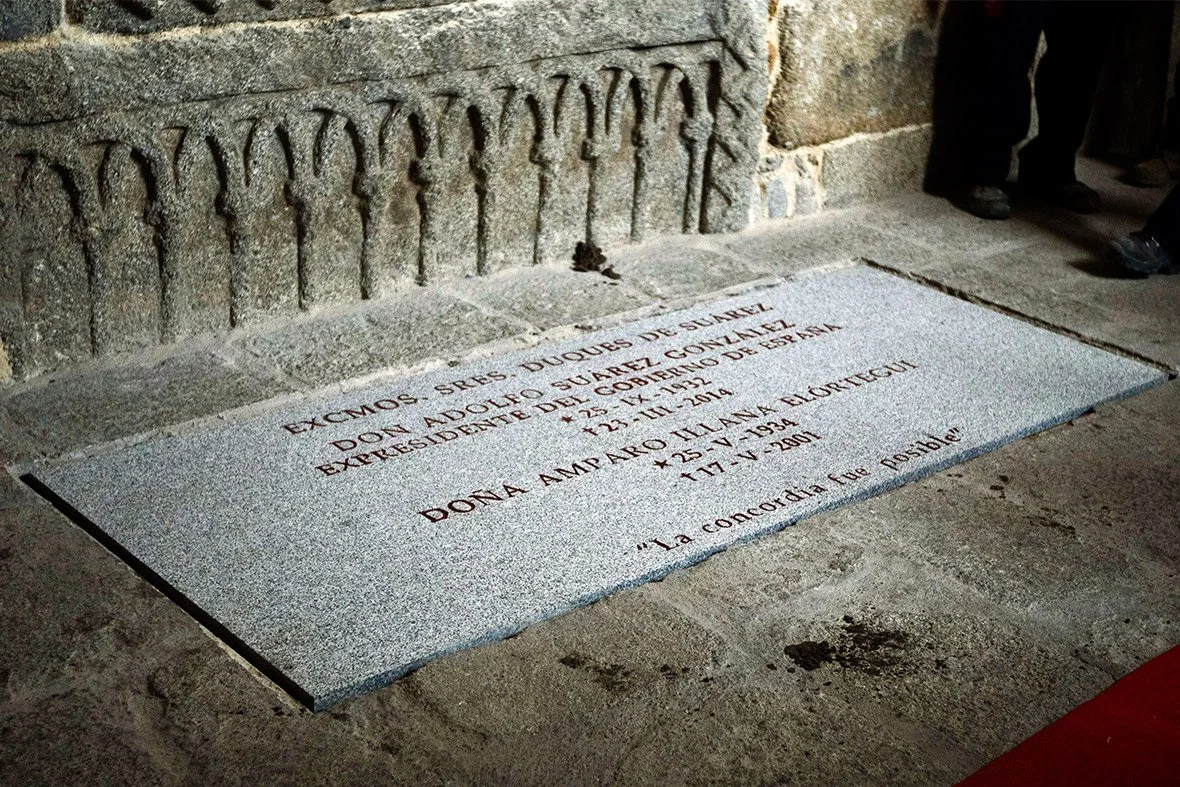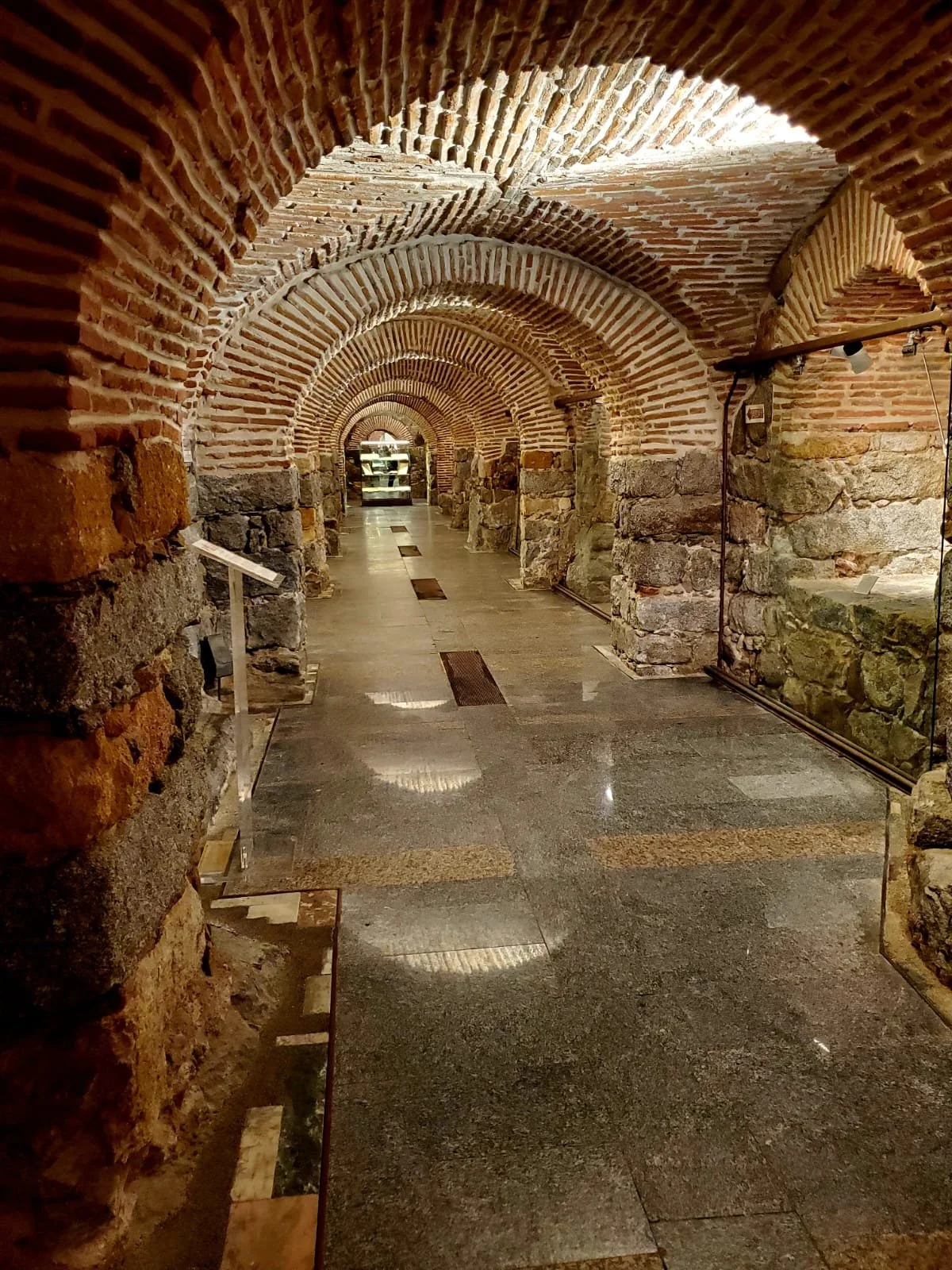Click here to read the previous post, Adjusting to Life in Spain: “Llevar” – Adventures in Spanish Vocabulary
I suddenly realized that it had been a month and a half since I’d last taken an out-of-town trip (to Buitrago del Lozoya, in case you’re wondering), so I immediately starting planning my next one.
There is just soooo much to explore in Spain that at the beginning of the year I’d decided to go on at least one day or weekend trip each month. Cut to: me going down like the Titanic during tax season (filing taxes in TWO countries, in TWO languages, with TWO sets of rules).
But I like to abide by one simple life rule: Why do today what you can put off until tomorrow? So I set aside my taxes for the moment, “accidentally” turned off all phone notifications and planned a day trip to Ávila.
Why Is Ávila, Spain Famous?
Ávila, Spain is a beautifully preserved medieval town known for its 2.5-kilometre (1.56 miles) wall that encircles the old town and for being the birthplace of Saint Teresa of Ávila (1515–1582). Teresa was a Spanish mystic, a Carmelite nun and had a birth name as long as the wall: Teresa Ali Fatim Corella Sánchez de Capeda y Ahumada.
(In doing some research, I discovered that Ávila is also known for being “the highest provincial capital in Spain at 1,132 metres (3,700 feet) above sea level.” You’ll understand if I stick to the wall and the nun in this article.)
Anyway, this is not just any old wall: It was built between the 11th and 14th centuries, has an average height of 12 meters (39 feet) and a thickness of three meters (10 feet), and includes 88 semicircular towers and nine gates.
Source: Reddit
Getting to Ávila from Madrid
It’s located roughly an hour and a half (110km/68 miles) northwest of Madrid and easy to get there by car or train. I chose to take the train (mostly because I don’t have a car), but honestly, it was a delight to stare out the window at the landscape, read my book and/or eavesdrop on other passengers’ convos. To practice my Spanish comprehension, of course.
By the way, I’m still trying to grasp how to get around not only in Madrid – metro systems and city buses – but also within Spain. I dug in to shed light on these cryptic (to me) modes of public transportation in Spain and this is what I’ve come to understand. To travel around the country, there are:
High-speed trains (AVE, Avlo, OUIGO, Iryo) – That connect major cities like Madrid, Barcelona, Seville and Valencia.
Long-distance trains (Larga Distancia) – Slower than AVE etc. but connect to more remote cities (e.g., A Coruña to the north in Galicia or Almería in the south).
Mid-distance trains (Media Distancia) – Regional rail services between smaller cities and towns within the same region or neighboring regions (typically up to 200–300 km (125–185 miles) from the departure point). From Madrid, these routes would be to Ávila, Segovia, Cuenca or Talavera de la Reina.
Commuter trains (Cercanías) – Short-distance trains connecting cities with their suburbs and nearby towns within about 60–90 km (37–55 miles) of the city center. From Madrid, these destinations might be Guadalajara, El Escorial, Cercedilla, Aranjuez or Alcalá de Henares.
Regional buses – Urban bus networks covering nearly all towns. For instance, they connect Madrid with surrounding towns and suburbs in the Comunidad de Madrid, usually within 60–90 km (same range as Cercanías trains). Popular bus lines here include:
Bus 661: Madrid (Moncloa) to Navacerrada
Bus 331: Madrid (Conde de Casal) to Arganda del Rey
Bus 191: Madrid (Plaza de Castilla) to Buitrago de Lozoya
Help, I’ve just fallen down a rabbit hole of public transportation and I can’t get up!
Okay, back to getting specifically to Ávila. I wasn’t sure if there was a direct train or I’d have to take the bus, so I hopped on to Trainline, a one-stop-shop website to search for, compare and purchase train and long-distance bus travel across Spain (actually, Europe, but I haven’t branched out that far yet).
I punched in Madrid and Ávila (yes! I was on the right website!), selected my inbound and outbound times, and purchased a round-trip train ticket for €25.40 that left from the Príncipe Pío train station.
Source: Trainline
It took about an hour and a half on the train from Madrid to Ávila (the red line was the route I took):
And, if I may, I’d like to point out the little details that make Spanish train travel so delightful: the built-in coat hangers at each row of seats. Press the flat button with the coat hangar symbol and it pops out!
What to Do in Ávila
Ávila is a UNESCO World Heritage Site because of its rich religious heritage—most notably as the birthplace of Saint Teresa of Ávila, which is the one and only thing I knew about it before going. I had about 6-7 hours to spend here, so I pared it down to three activities, plus eating and drinking stops.
From the train station, I walked into the heart of the old town, which took about 15 minutes. Without even meaning to, I wound up at the Muralla de Ávila (Walls of Ávila)—one of the nine puertas (gates/entrances) to the wall.
To get a feel for the historic town, I kept walking, through the Jardin de San Vicente (San Vicente Garden)...
…and then along Calle de San Segundo (San Segundo Street), passing the part of the Catedral de Ávila (Cathedral of Ávila) that is built into the muralla (more on that below).
As I walked past a pastry shop called Chuchi, I noticed signs advertising “yemas.”
Before making this trip to Ávila, two people and several articles strongly suggested that I try yemas, which literally means “egg yolks” but in this context refers to Yemas de Santa Teresa, a very specific Spanish sweet. It’s made of egg yolk and sugar and rolled into a small ball.
I sat on a bench outside of the murallas and ate it under the shade of a tree. It was delicious.
Although Saint Teresa of Ávila didn’t invent these sweets, they are named after her as a tribute to her, the city’s most revered historical and spiritual figure. These egg yolk confections originated from convents where nuns traditionally used leftover egg yolks (after using the whites for wine clarification or baking) to make rich desserts.
Apparently, you can only find them in the city of Ávila (or they’re not that popular elsewhere…or they are but are just not as good…or I don’t really know what I’m talking about).
1) Walk Along the Murallas (Walls) of Ávila
Sufficiently suffonsified from the sweets (ooh, say that ten times fast), I set out for activity number one: walk the 2.5 km/1.56 mile medieval walls. I figured that would give me a good bird’s eye view of the town it encircled.
There are three entry points to the walls: Casa de Carnicerías, Puerta del Puente and Puerta del Alcázar. I was closest to the last one, so I purchased a ticket at the little shack at the foot of the stairs, next to a random statue of Adolfo Suárez. I knew that he was the country’s first democratically elected Prime Minister after the Franco dictatorship, but it was only during later investigations that I learned he was born in Ávila. Hence the statue.
After I paid €8 for the honor and pleasure of walking on a medieval wall, I climbed the super steep stairs.
Remember, the wall has an average height of 12 meters, or 39 feet. Here’s my view from the top of the stairs/on top of the wall:
Then I ambled along the wall, which took more or less half an hour, climbing up into (some of) the 88 semicircular towers but otherwise just walking and peering down at the town or landscape below.


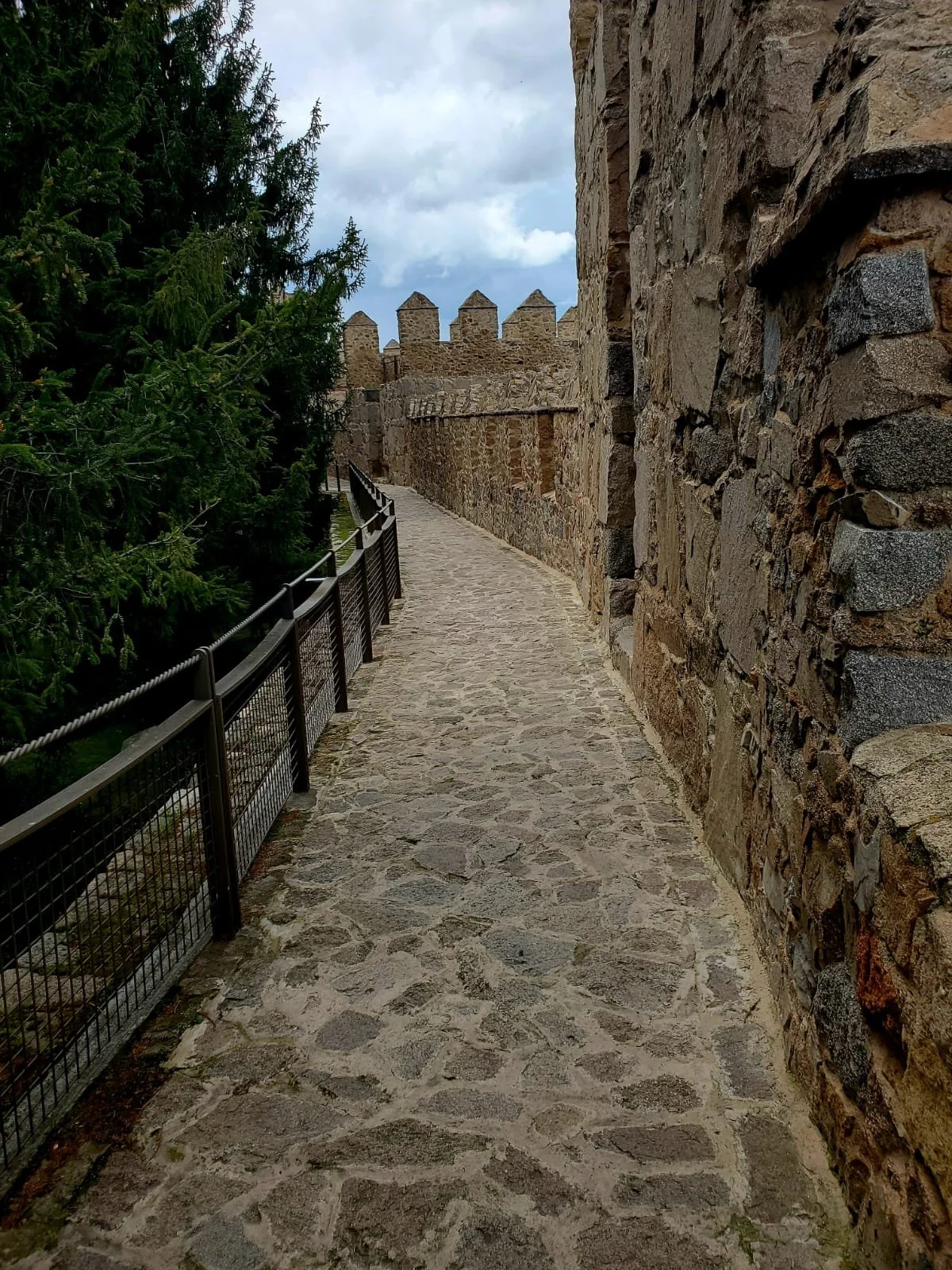
Quick video of walking on the murallas (walls) of Ávila:
2) Take a Guided Tour of the Catedral (Cathedral) de Ávila
The Catedral de Ávila is one of Spain’s earliest Gothic cathedrals and a symbol of Ávila’s medieval heritage. Construction began in the 12th century and blended Romanesque and Gothic styles.
Source: Wikipedia
Also, the cathedral is unique because it is built into the city’s defensive walls—its apse forms part of the fortress-like eastern ramparts (as mentioned briefly above).
Inside, it has soaring ceilings, lots of stained glass, a richly carved choir, and works by artists like Vasco de la Zarza.



I took a self-guided audio tour—it cost €10—which was very informative, and yet I recall almost nothing. So while I can’t impart the historic details of this catedral, I heartily recommend touring it with some kind of guide to get the most out of it.
By the way, Adolfo Suárez, the aforementioned President of the Government of Spain (from 1976 to 1981), was buried in this cathedral.
Source: International Business Times
3) Visit the Santa Teresa de Jesús Museum
For those of you who pay attention to words and such, you may have noticed that this place is not called Museo de Santa Teresa de Ávila, but rather “...de Jesús.” Why? Because Saint Teresa of Jesus was her religious name, whereas Saint Teresa of Ávila is how she’s usually referred to outside of religious contexts—her nickname, you might say.
When Teresa entered the Carmelite convent, she took the name Teresa de Jesús, as was the tradition for nuns to adopt a new name that reflected their spiritual devotion. This is the name she used in her writings and official religious life.
This very specific museum is located beneath the Church and Convent of Saint Teresa (Iglesia-Convento de Santa Teresa), which was built—or at least inaugurated—in 1636, on the site believed to be the birthplace of Saint Teresa.
I arrived at the church and saw a scribbled, handwritten sign directing me around the side of the church to a shady back alley. Okay, it wasn’t a handwritten sign and the street, while overcast, was not shady in the disreputable sense.
Source: Maps
Note: I wasn’t here ☝️ at night, but as I’d forgotten to snap a photo, this was the only picture I could find of the so-called scribbled note directing people around to the back of the church.
So I go down some stairs, down the length of the church along a narrow cobblestone street and almost go right past the front entrance to the museum it’s so nonchalantly designed.
But inside the museum, it’s like a cave, all the more eery because I’m the only person in it (aside from the woman at the front, tiny, set in stone, dark, hard to see ticket window). It cost €3 and was worth every centavo just for the setting.
The layout was essentially four hallways set in a square shape (in other words, you couldn’t see into the interior of the square; there was nothing but stone walls). The lighting was dim, there was haunting church/choir music and every painting of ol’ Teresa was more or less her kneeling before, gazing up at or praying to Jesus.
At this point, I’d clocked about 18 billion steps and my legs were ready to sit the hell down. I stopped at one of the few open tabernas (it was around 5 or 6 p.m., siesta time between the lunch crowd and the dinner crowd), had a vermut or two with some torreznos, and stared out the window as it started to rain. The waiter decided, for no reason that I could discern, to pour me a third, free vermut, which was perfect, because by the time I finished that extra drink, the rain had stopped.
Then I strolled back to the train station and an hour and a half later I arrived at Príncipe Pío in Madrid.
Click here to read the next post, Adjusting to Life in Spain: Tapas Crawl on Calle Cava Baja
Note: All photos taken or created (using DALL-E) by Selena Templeton, unless otherwise noted.
If you enjoyed reading this travel blog, check out some of my other adventures:




